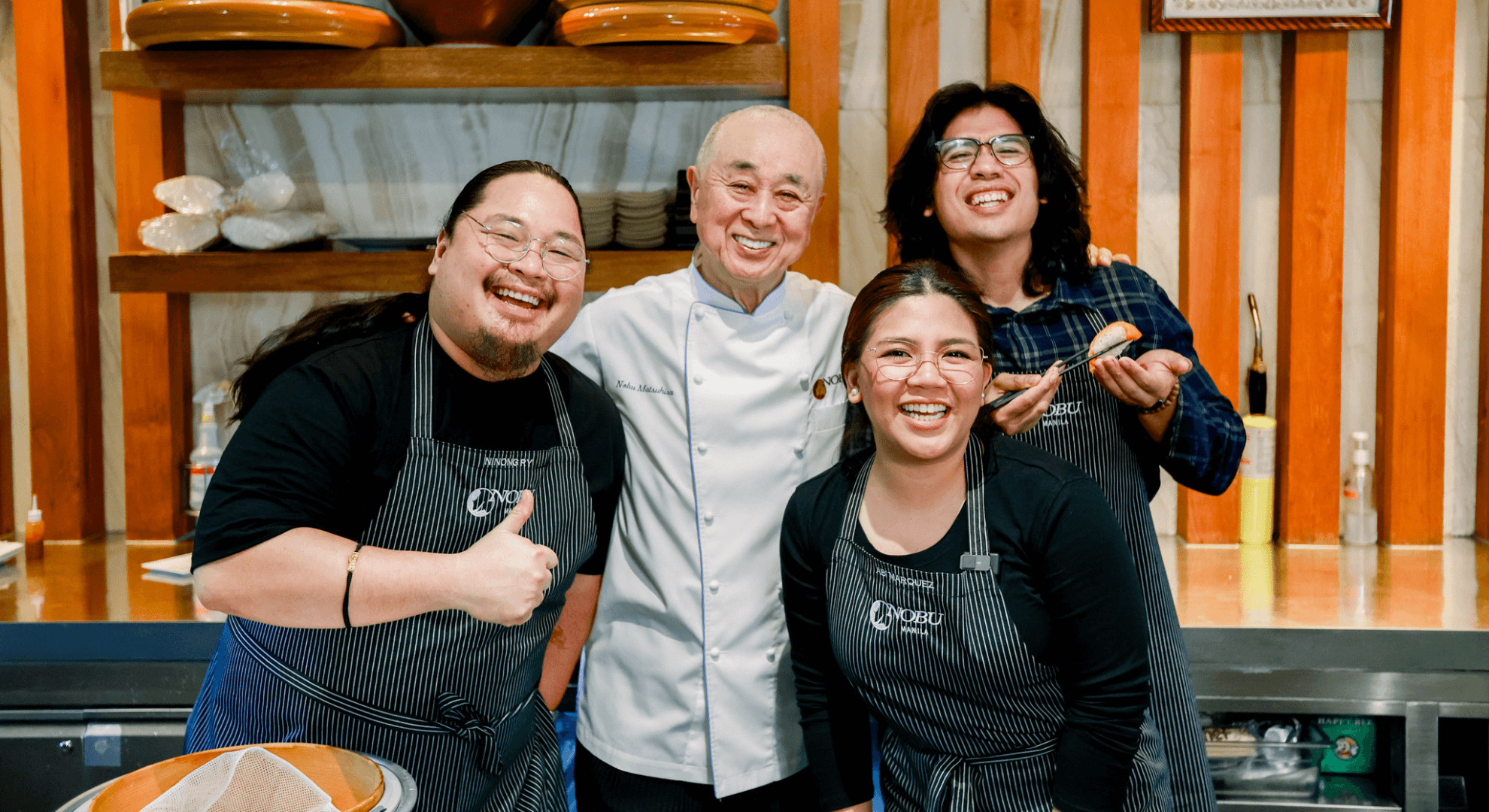I’ve shared many meals with Fr. Joselito “Joey” M. Irlandes, spiritual director of St. Peter Community of the Diocese of Cubao. Our friendship is strengthened by our of mutual love for food.
Among our many conversations, his views on fasting and abstinence (its traditional practice and how to observe it in a more meaningful fashion in modern times) are what I found not just interesting but very practical.
To prepare us for the death and resurrection of Jesus, Father Joey prepared for us a good read, to fuel the mind, body and soul.

3 Lenten practices
For Jews and Christians, there are three practices that bring us closer to God. These are prayer, fasting and abstinence and almsgiving.
For today, let our focus on fasting and abstinence.
Ash Wednesday and Good Friday are days of fasting. The law of the fast binds those who are 18 to 59 years old, unless excused for reasons such as a medical condition that requires more frequent intake of food.
Fasting allows only one full meal a day, but does not prohibit taking some food in the morning and evening. The quantity and quality of the meal must be taken into consideration.
During Fridays of Lent, everyone, age 14 and up, are called to abstain from meat. At this time, we are asked to be vegetarian or encouraged to eat fish.

A spiritual fast involves abstaining from food while focusing on prayer.
Man is composed of body and spirit. While we need physical food, we also need spiritual food—that is, the Word of God and the Body and Blood of Jesus.
Taking to mind that we are higher than the flesh, and don’t live by instinct, the purpose of fasting is to discipline the flesh in order to give way to the Spirit.
We are spiritual beings capable of controlling our flesh. Thus, fasting is practiced as a means to redirect our focus from earthly to Godly things. Fasting lets us reaffirm the greatest of all commandments—that is, to love God with all our heart, all our strength and all our mind.
We fast to feel hunger in order for us to remember those so poor, that they cannot afford to eat three times a day. We are as well encouraged to perform almsgiving when we come across the poor. We are called upon to be moved enough, to share what we have.
For those who have, another food for thought is to count our blessings, and when we do, we should also share them, in solidarity with the poor. To do so is to fulfill yet another commandment, that is, to love our neighbor.
New ways of fasting and abstinence
A modern way to fast is to fast from selfishness. In a world that promotes the “self,” let us instead focus on others.
During Lent and Holy Week, let’s spend less time texting, on Facebook, the computer and the internet.
Let’s instead devote more time to charitable acts of mercy.
Let us fast and abstain from drinking liquor and smoking.
We can fast and abstain from gossip and rumor mongering, anger or criticizing people.
We fast and abstain from loud music, videoke, karaoke and noise. We devote more time to being quiet, to meditating, to reflection and supplication, or to attend Holy Week recollections and retreats.
We fast and abstain from diversions and enjoyments like e-sabong, casino, gambling, horse racing, jueteng.
Instead, we do the pabasa, Visita Iglesia, Via Crucis, attend Siete Palabras and pray the Rosary.
Fast and abstain from overwhelming work. We devote more time in prayer. Observe the importance of moderation. Too much or overindulgence can be harmful.
Fast and abstain from too much Netflix and HBO. Perhaps watch a Senakulo or a biblical movie.
Lenten fare
Then, of course, there’s the subject of food.
Father Joey expounded on their family’s Lenten food tradition. He narrated how their family appreciates Filipino food, like Spanish sardines, tawilis, steamed tilapia, pan de sal, pan de coco, tortang talong.
Their Lenten merienda was always lumpiang sariwa, nilagang mais, turon, banana cue, camote cue, binatog—basically home-cooked fare. Nothing fancy. What was significant, he said, was that they partook of it together, as a family.
He added, “Fr. Patrick Peyton said, ‘The family that prays together, stays together.’ But now I say the family that eats together will enrich such bond.”
While he was growing up, he said, the Irlandeses enjoyed their traditional Lenten food during pabasa.
Though the food they shared was simple and easy to cook, the back-to-basics menu made for a meaningful feast for the season of Lent.
Follow @iamreggieaspiras on Facebook and Instagram; reggieaspiras.com












































